Two Gun Bob
One of the Regulars
- Messages
- 162
- Location
- Bloxwich, England
Although I've never had the honour of serving in the British forces, my grandfather and father both served their country in its hour of need, the former in WWI and WWII, the latter in the Suez Crisis. The 2004 D-Day 60th anniversary commemorations and all the connected publicity set me to wondering about what I could do to pay my own personal tribute to the men and women who served and saved their countryfolk all those years ago.
As a professional photographer, writer and historian of many years standing, and having had some experience in the world of historical re-enactment, it struck me that it would be a fitting and enjoyable tribute for me to join the World War 2 Historical Society and 4 Commando groups here in England and, within the context of WW2 historical re-enactment, attempt to pay tribute to the British Army Film & Photographic Unit (AFPU) - the official unit tasked with recording the work and warfare of the army during World War II.
This I went on to do for three years by attempting to portray one of the greatest photographers of the period, a man who helped make the reputation of Picture Post magazine and who was himself called up to serve as a Sergeant in the Army Film & Photo Unit (AFPU) - Bert Hardy.
Hardy became a legend amongst photographers as a result of his work with Picture Post; his social photography and atmospheric, pioneering use of low-light photography and extended development to record The Blitz in London and especially life during the war years endeared him to the people of the time, but he is little known outside the photographic, historical and artistic communities these days.
As one of a team of British Army photographers, cinematographers and drivers in the Army Film & Photographic Unit, Hardy also helped to bring images of the war back from the front line. Called up in the Royal Engineers, he was soon posted to AFPU and after a number of routine jobs he eventually and inevitably found himself on his way to France to photograph the allied advance from within the British Army following D-Day. He went on to cover the liberation of France, the crossing of the Rhine and the discovery of the concentration camps as well as the end of the war in the Far East.
After the war and working for Picture Post again, Bert Hardy went on to also record the Korean War. Picture Post magazine sadly bit the dust in 1957, partially perhaps a victim of the creeping takeover of television news as the bringer of images into the home, and also brought down by the controversial policies of its publisher. Hardy continued to provide photography for other publications and eventually settled down as a commercial and advertising photographer, finally becoming a farmer in the mid 1960's but that is another story.
Hardy's fine autobiography BERT HARDY - MY LIFE - provides a lifetime of inspiration with its mix of seminal photography and anecdote. Fortunately for me, it also includes vital technical details to enable me to take up photography using the same equipment and simliar techniques to those which he made his own.
It was with that equipment and by developing my own version of those techniques that I went on to make my personal tribute to Hardy and other armed forces photographers, some of whom died in action, others of whom survived and carved out distinguished civilian careers after the war.
Having taken a rest from WWII re-enactment for the past couple of years I am currently looking at taking this up again, this time as a civilian photojournalist. Watch this space, as they say!
A few photos from my time in the AFPU below...
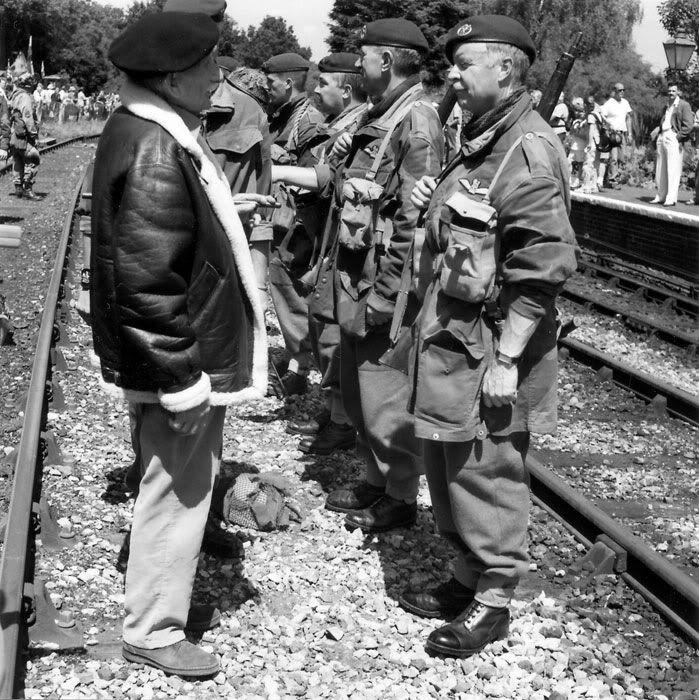
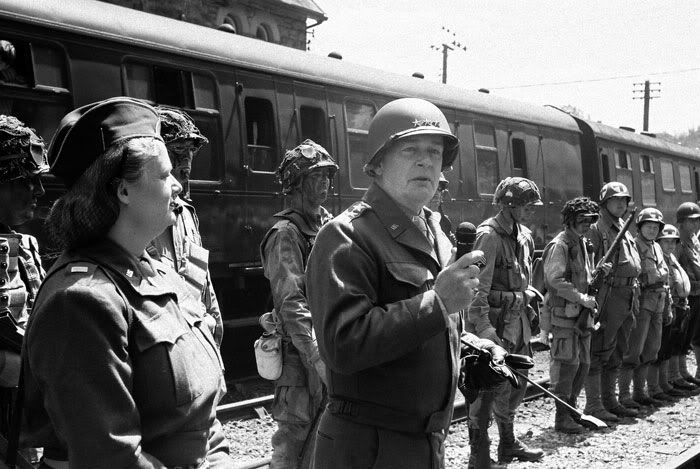
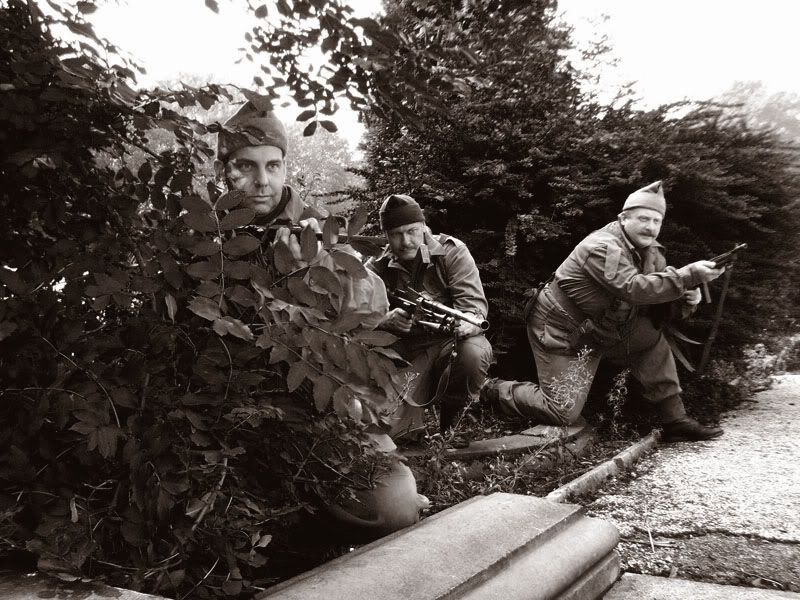
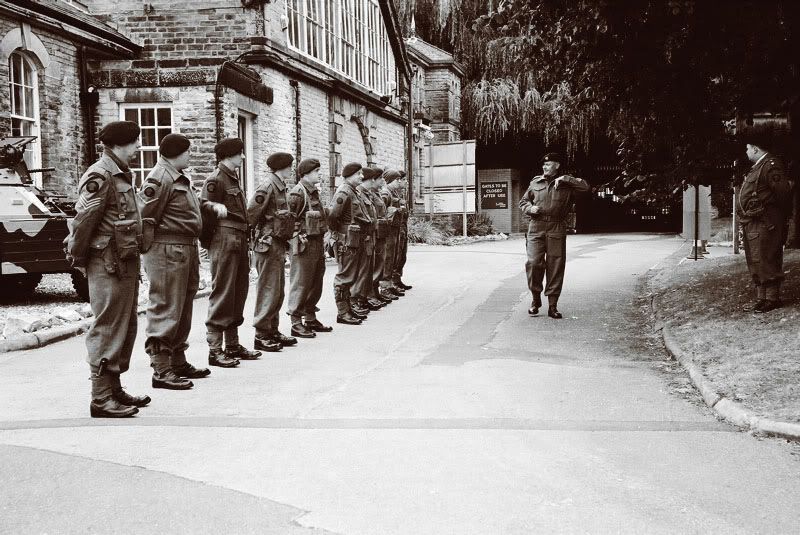
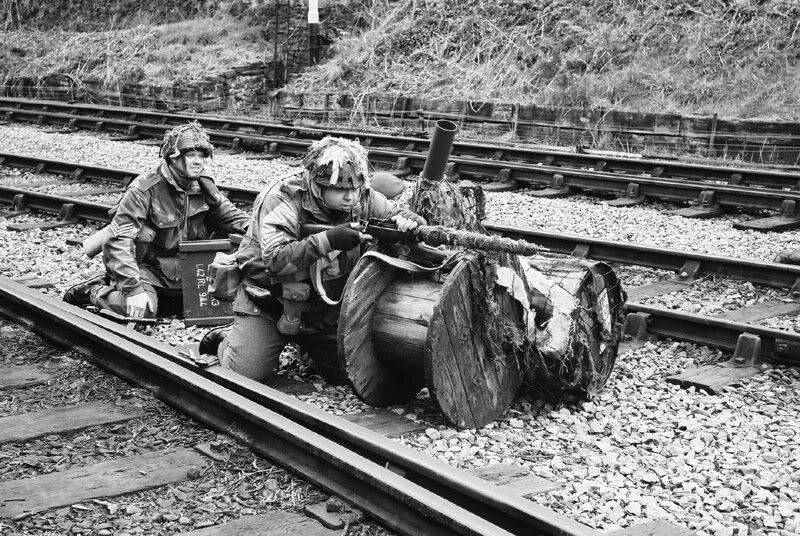
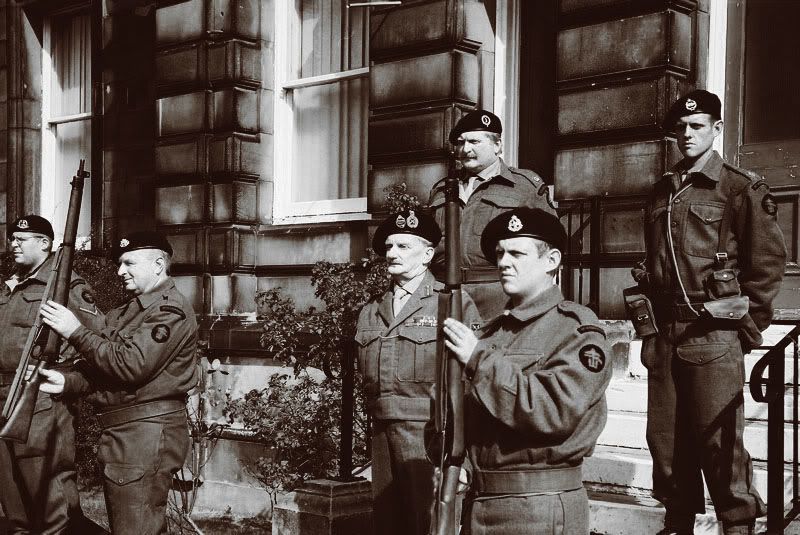
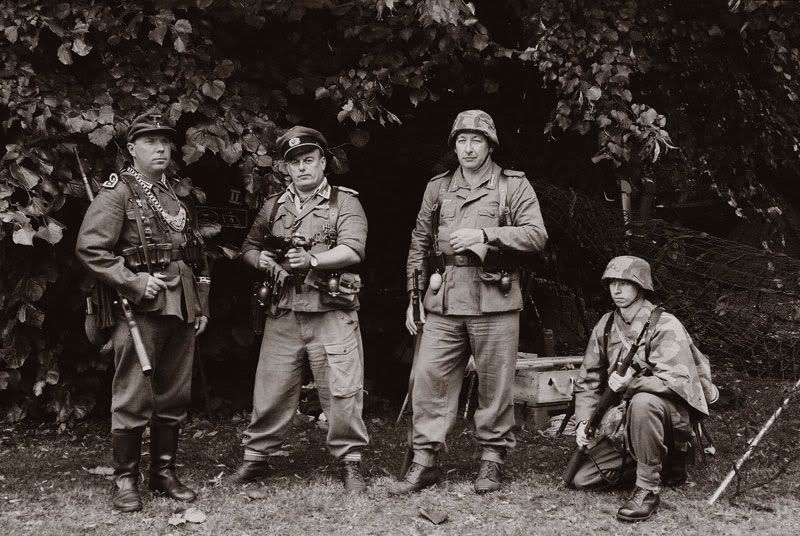
The Bad Guys!
And finally, yours truly:
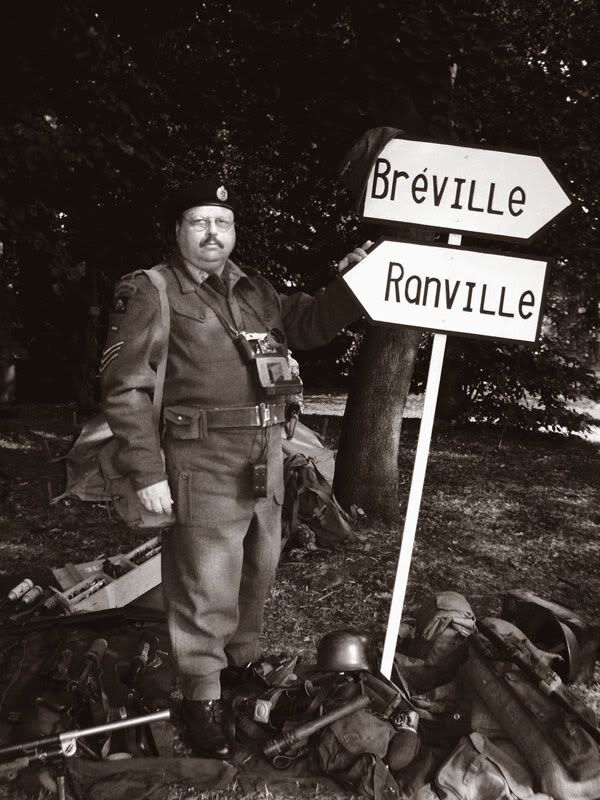
And my small display supporting a Royal Artillery charity event:
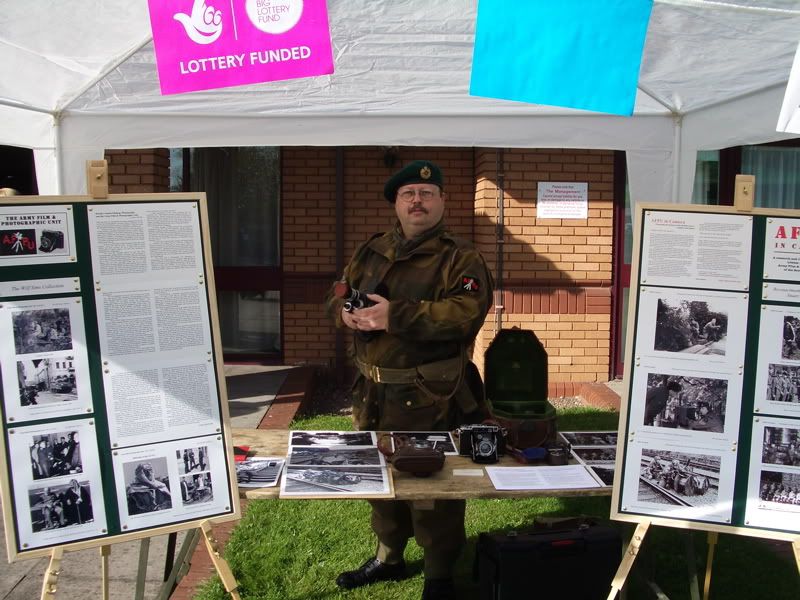
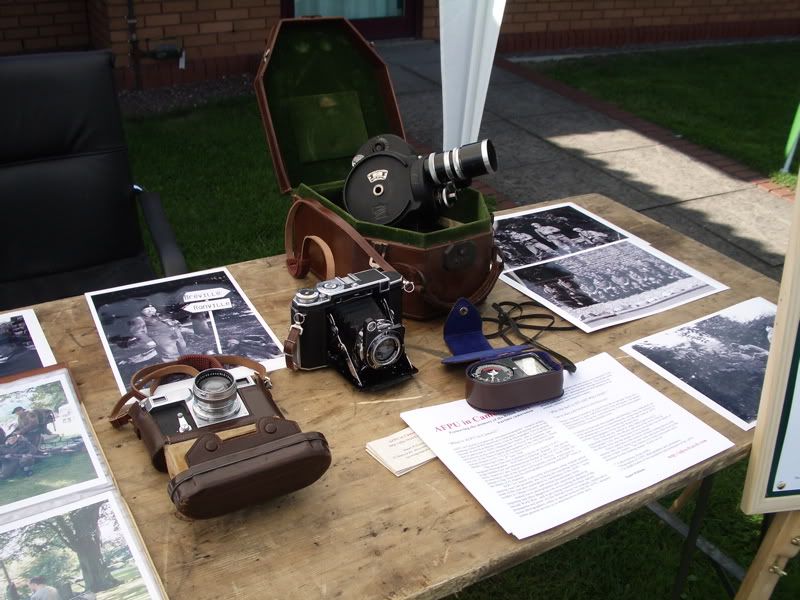
As a professional photographer, writer and historian of many years standing, and having had some experience in the world of historical re-enactment, it struck me that it would be a fitting and enjoyable tribute for me to join the World War 2 Historical Society and 4 Commando groups here in England and, within the context of WW2 historical re-enactment, attempt to pay tribute to the British Army Film & Photographic Unit (AFPU) - the official unit tasked with recording the work and warfare of the army during World War II.
This I went on to do for three years by attempting to portray one of the greatest photographers of the period, a man who helped make the reputation of Picture Post magazine and who was himself called up to serve as a Sergeant in the Army Film & Photo Unit (AFPU) - Bert Hardy.
Hardy became a legend amongst photographers as a result of his work with Picture Post; his social photography and atmospheric, pioneering use of low-light photography and extended development to record The Blitz in London and especially life during the war years endeared him to the people of the time, but he is little known outside the photographic, historical and artistic communities these days.
As one of a team of British Army photographers, cinematographers and drivers in the Army Film & Photographic Unit, Hardy also helped to bring images of the war back from the front line. Called up in the Royal Engineers, he was soon posted to AFPU and after a number of routine jobs he eventually and inevitably found himself on his way to France to photograph the allied advance from within the British Army following D-Day. He went on to cover the liberation of France, the crossing of the Rhine and the discovery of the concentration camps as well as the end of the war in the Far East.
After the war and working for Picture Post again, Bert Hardy went on to also record the Korean War. Picture Post magazine sadly bit the dust in 1957, partially perhaps a victim of the creeping takeover of television news as the bringer of images into the home, and also brought down by the controversial policies of its publisher. Hardy continued to provide photography for other publications and eventually settled down as a commercial and advertising photographer, finally becoming a farmer in the mid 1960's but that is another story.
Hardy's fine autobiography BERT HARDY - MY LIFE - provides a lifetime of inspiration with its mix of seminal photography and anecdote. Fortunately for me, it also includes vital technical details to enable me to take up photography using the same equipment and simliar techniques to those which he made his own.
It was with that equipment and by developing my own version of those techniques that I went on to make my personal tribute to Hardy and other armed forces photographers, some of whom died in action, others of whom survived and carved out distinguished civilian careers after the war.
Having taken a rest from WWII re-enactment for the past couple of years I am currently looking at taking this up again, this time as a civilian photojournalist. Watch this space, as they say!
A few photos from my time in the AFPU below...







The Bad Guys!
And finally, yours truly:

And my small display supporting a Royal Artillery charity event:




